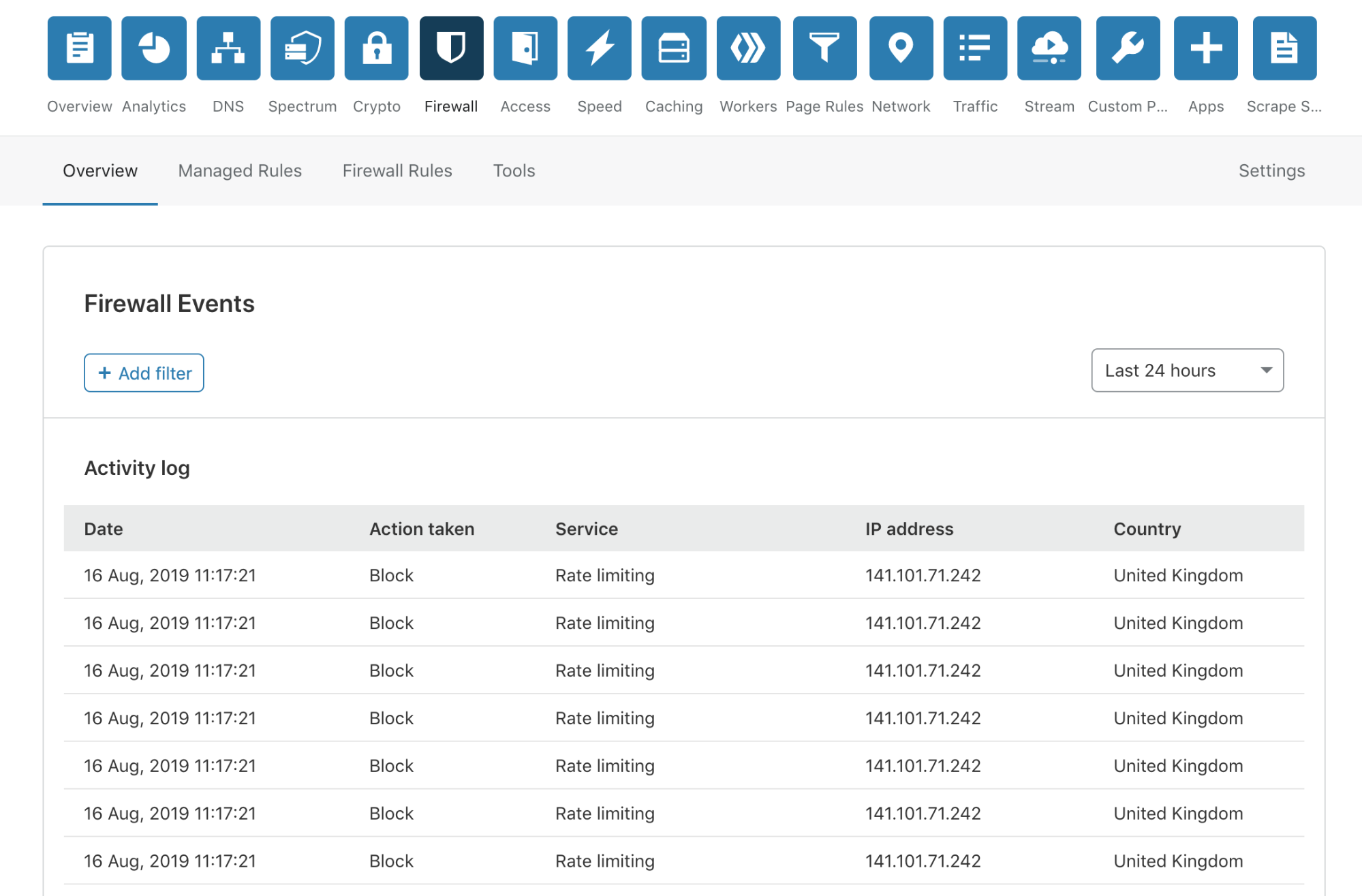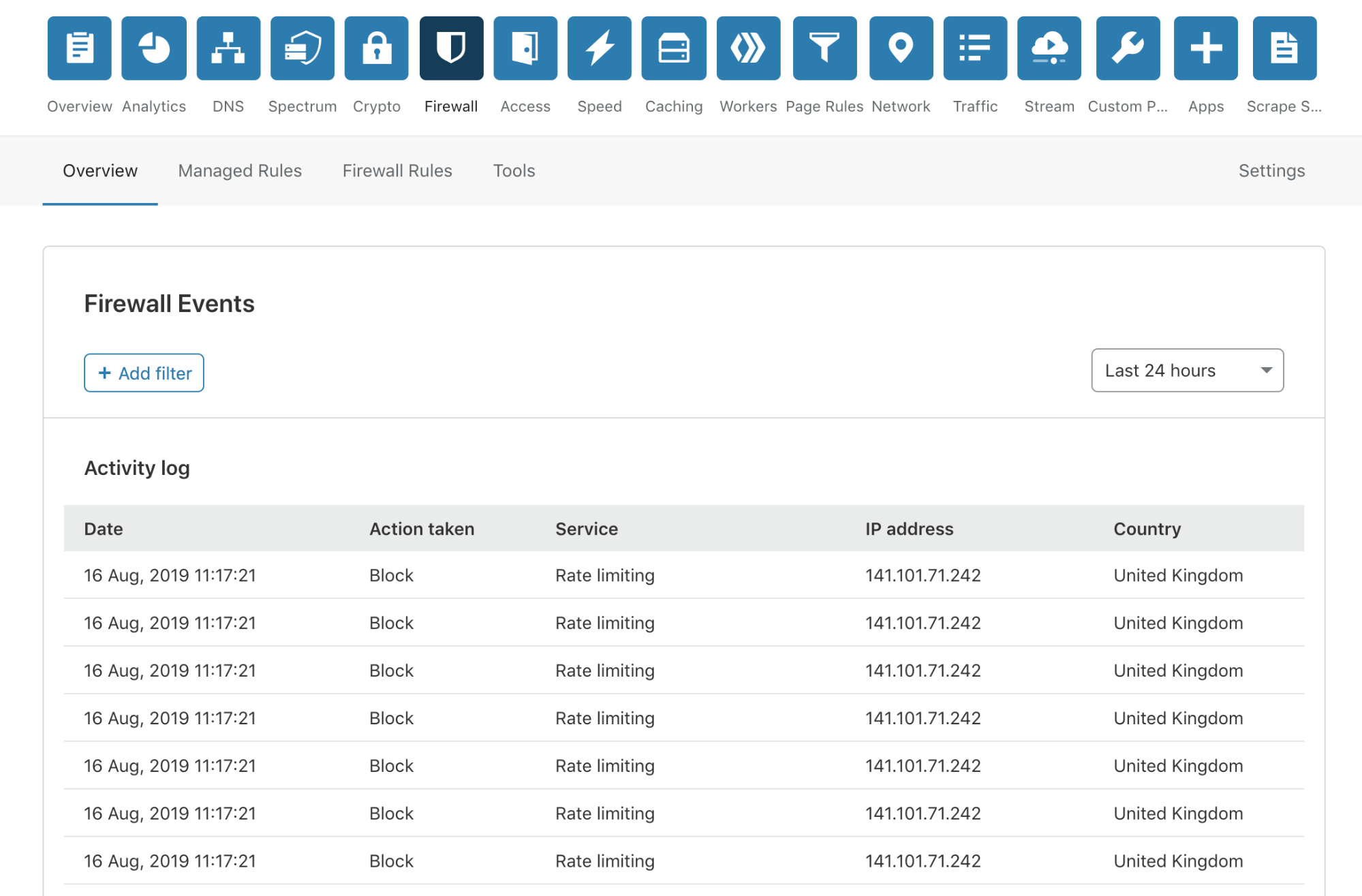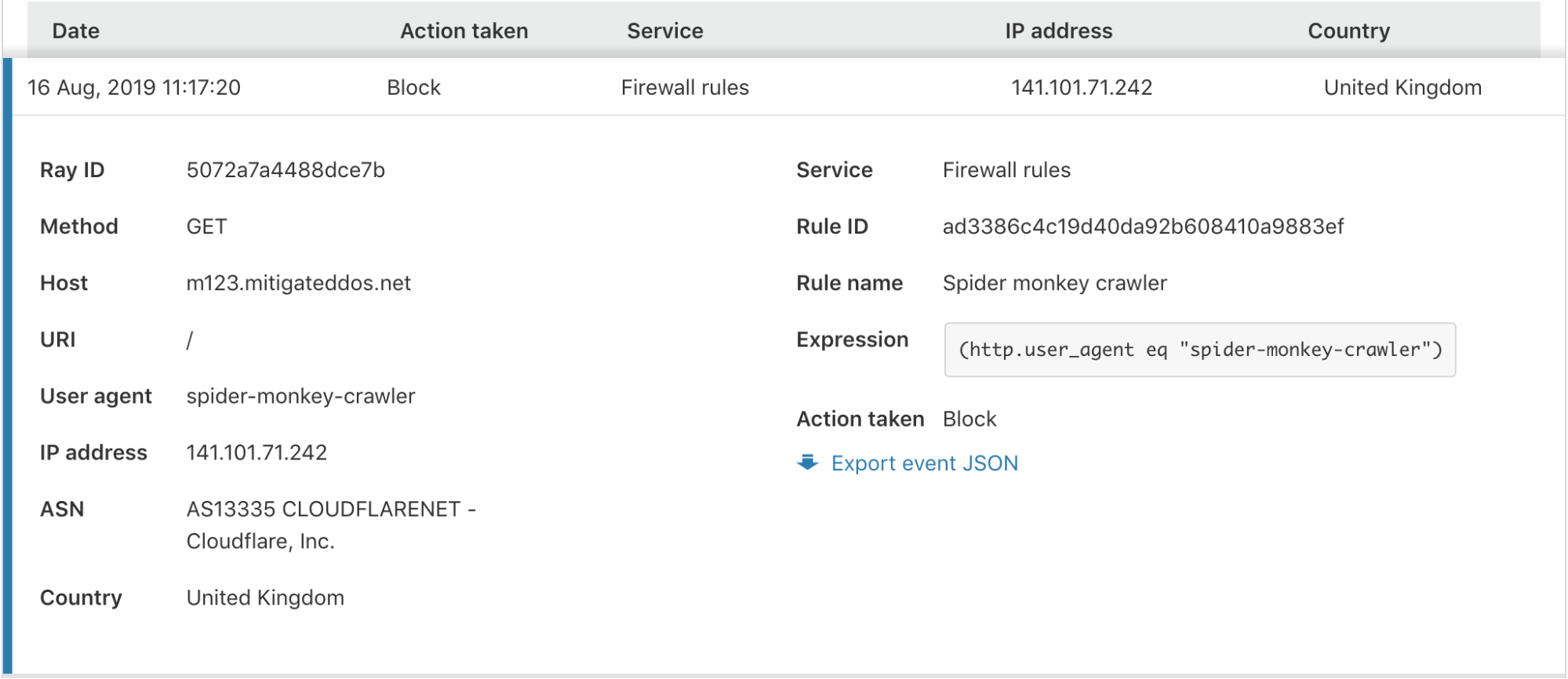VMware Buys Carbon Black for $2.1B and Pivotal for $2.7B
VMware said it will buy Pivotal in a deal valued at $2.7 billion and security company Carbon Black...
AfPIF Day Three: A Record Number of Women

It’s been a record-breaking year: 97 women attended AfPIF 2019, the highest ever, showing the fruits of diversity efforts from organizers and sponsors.
In the last three years, there have been fellowships targeting women in engineering, supported by organizations like Workonline, Google, LINX, and Akamai. There’s also been a working lunch, where participants discuss the best way AfPIF can be more inclusive to women.
As the curtains fell on the tenth edition of AfPIF, it was clear that the future is looking bright, with 367 men and women attending, representing 59 countries: 202 from Africa, 36 from Europe, 16 from America, and 13 from Asia.
The first panel of the day was dedicated to looking back at the challenges in the last ten years, identifying the opportunities going forward, and what we all must do in order to guarantee business growth and better connectivity for the region.
One of the key points was that the traditional telco model is changing, and companies will have to adapt in order to stay relevant. Seacom, for instance is exploring other business opportunities as the demand for traditional infrastructure falls and local content grows, leading to formation of ISPs that can survive largely Continue reading
Edge Internet Economy Will Hit $4.1 Trillion by 2030, Study Says
The edge internet economy will surpass $4.1 trillion by 2030, according to a study by Chetan Sharma...
AT&T Polishes Its Hybrid Cloud Strategy
AT&T polished its hybrid cloud strategy following a 30-day stretch that included major new...
InfoBlox Pushes DDI to Branch Offices
The company claims the service will help enterprises fully realize the benefits of SD-WAN, simplify...
IPv6 Buzz 033: ARIN’s Role In IPv6 Address Allocation
ARIN is the official network numbers register for IPv4 and IPv6 addresses, as well as ASNs, for North America. The IPv6 Buzz crew talk with Mark Kosters, ARIN's CTO, about its role in providing IPv6 address resources, policy, and advocacy.
The post IPv6 Buzz 033: ARIN’s Role In IPv6 Address Allocation appeared first on Packet Pushers.
IPv6 Buzz 033: ARIN’s Role In IPv6 Address Allocation
ARIN is the official network numbers register for IPv4 and IPv6 addresses, as well as ASNs, for North America. The IPv6 Buzz crew talk with Mark Kosters, ARIN's CTO, about its role in providing IPv6 address resources, policy, and advocacy.Day Two Cloud 016: Checking Up On Azure Kubernetes Service
On today's Day Two Cloud podcast, host Ned Bellavance checks in on Azure Kubernetes Service (AKS), which launched to the public in June of 2018. Ned and guest Justin Luk discuss why Microsoft rolled out AKS when it already had existing container services, business drivers for AKS, customer adoption, lessons learned, and more.Day Two Cloud 016: Checking Up On Azure Kubernetes Service
On today's Day Two Cloud podcast, host Ned Bellavance checks in on Azure Kubernetes Service (AKS), which launched to the public in June of 2018. Ned and guest Justin Luk discuss why Microsoft rolled out AKS when it already had existing container services, business drivers for AKS, customer adoption, lessons learned, and more.
The post Day Two Cloud 016: Checking Up On Azure Kubernetes Service appeared first on Packet Pushers.
Red Hat’s OpenShift Service Mesh Nears Prime Time
The OpenShift Service Mesh handles service-to-service communication of Kubernetes-orchestrated...
Supercharging Firewall Events for Self-Serve

Today, I’m very pleased to announce the release of a completely overhauled version of our Firewall Event log to our Free, Pro and Business customers. This new Firewall Events log is now available in your Dashboard, and you are not required to do anything to receive this new capability.

No more modals!
We have done away with those pesky modals, providing a much smoother user experience. To review more detailed information about an event, you simply click anywhere on the event list row.

In the expanded view, you are provided with all the information you may need to identify or diagnose issues with your Firewall or find more details about a potential threat to your application.
Additional matches per event
Cloudflare has several Firewall features to give customers granular control of their security. With this control comes some complexity when debugging why a request was stopped by the Firewall. To help clarify what happened, we have provided an “Additional matches” count at the bottom for events triggered by multiple services or rules for the same request. Clicking the number expands a list showing each rule and service along with the corresponding action.
